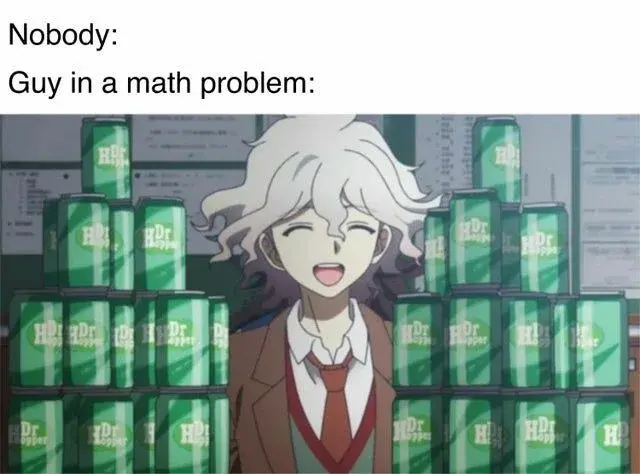Wait, I already posted about this topic... Oh well, this post is much more elaborate on my opinion anyway.
Deepfakes can generally be detected by analyzing the movement of the deepfake,^[Deepfake Detection Techniques: A Review]^[Detect DeepFakes: How to counteract misinformation created by AI] or general sensory details.
However, some traits of autism conflict, while others align, with those methods. I think it should be important to have a discussion about autistic people and deepfakes.
Sensory overload could be a problem when analyzing a Deepfake; it could result in a potentially large delay in deepfake verification.
-
If an autistic person were to get sensory overload from the facial movement of a deepfake, it could be difficult to discern multiple deepfakes from facial movement.
-
If an autistic person were to get sensory overload from sunlight, then the autistic person would not be able to discern fake sunlight in deepfake videos well.
Also the autistic person could only be able to verify few videos during recovery or burnout (if it occurs).
Nonverbal communication deficits.
The inability to perceive nonverbal cues means that relying on the deepfaked person's body cues to detect deepfakes becomes less reliable. (e.g Using real videos of Zelenskky or Tom Cruise to detect deepfakes of them.)
Hypersensitivity to sensory stimuli could be an advantage or disadvantage in detecting deepfakes; hypersensitivities include an increased sensitivity sensory stimuli, which can be helpful in determining if the medium is believable enough to be verified as a real video. Deepfakes rely on creating believable media to trick the viewers.
- A hypersensitivity to light could result in an ability to easier detect unnatural light simulations.
- A hypersensitivity to movements can result in the autistic person detecting unrealistic body movements easier.
- A hypersensitivity to sight (or seeing textures) can result in the autistic person detecting unrealistic textures easier.
However, these hypersensitivities could also result in an increased probability of receiving sensory overload, which could reduce the ability to discern deepfakes for a time period.


